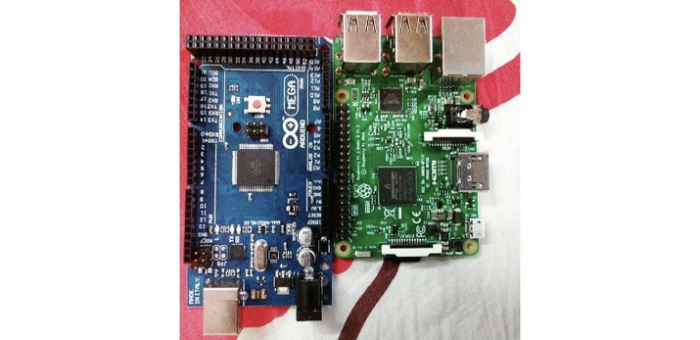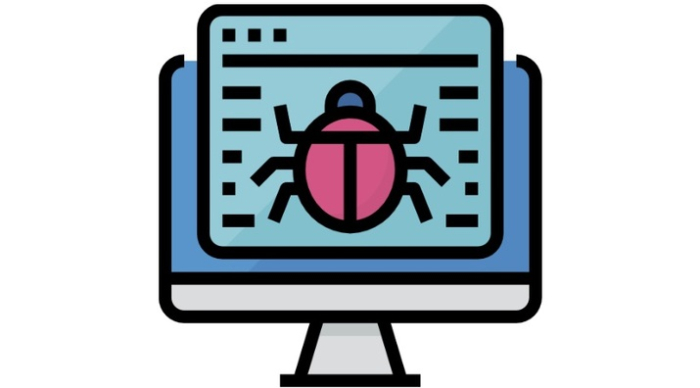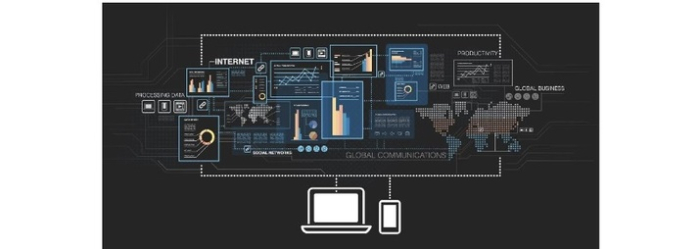
 Data Structure
Data Structure Networking
Networking RDBMS
RDBMS Operating System
Operating System Java
Java MS Excel
MS Excel iOS
iOS HTML
HTML CSS
CSS Android
Android Python
Python C Programming
C Programming C++
C++ C#
C# MongoDB
MongoDB MySQL
MySQL Javascript
Javascript PHP
PHP
- Selected Reading
- UPSC IAS Exams Notes
- Developer's Best Practices
- Questions and Answers
- Effective Resume Writing
- HR Interview Questions
- Computer Glossary
- Who is Who
How is Python used in embedded systems?
In this article, we will learn How is Python used in embedded systems and the reasons why is python preferable for coding embedded systems.
Python is the best choice for any software developer looking to construct embedded devices. Python has dominated the IEEE Spectrum programming language ranking. It has ranked first in Web, Enterprise, and Embedded systems use cases. This is primarily owing to the programming language's ease of use. Messages delivered from an embedded device using Python enable end-users to automate tasks.

MicroPython is another Python version that is commonly used for running microcontrollers and embedded systems.
Embedded systems rely on integrated circuits to handle computation for real-time procedures. From a simple collection of processors to a vast web of graphical user interfaces, the systems cover a wide spectrum of complexity. One of Python's many uses is to facilitate and control real-time embedded systems.
Python
The programming language Python is high-level, object-oriented, dynamic, multi-paradigm, or multi-purpose. Python is a great programming language because of its syntax, dynamic typing, and interpretive nature. It is compatible with several styles of programming, including procedural, functional, and object-oriented. Furthermore, it cannot be converted into code and then executed until runtime because it is an interpreted language.
Features of Python
Python's syntax is well-defined and easy to understand, making it a great language for beginners.
It is extensible to a greater extent.
It is free, open-source, and platform-independent.
Python is a reliable and easy-to-read object-oriented programming language.
Python is useful for developing and testing prototypes of code that will be implemented in a higher-level language for the final product.
Several libraries, such as an XML parser, an Excel interface, and so on, are included.
Now we will see the key features of Python that have put it ahead of other programming languages for embedded systems.
Debugging & Equipment Control
While developing embedded software, developers must evaluate bus traffic such as USB, SPI, and so on on a regular basis; yet, simply analyzing them is insufficient. Moreover, for messages to be sent over an embedded system network, they must be controlled to ensure that the final output is user-friendly.

Python is one of the languages that gives programmers the freedom to write scripts that control and improve the user interface.
Automated Testing
Python has the ability to create automated tests for embedded devices in a variety of states and configurations. Python programmes may examine how the various combinations and permutations interact with the external environment.

Through continuous testing, these issues are certain to be addressed while also keeping the system ready to identify any bugs as soon as they arise.
Analyzing Data
Embedded systems with high-security needs might benefit from having Python installed for data storage and local analysis.

It may be put to use in real-time visualizations that reveal crucial parameters with minimal effort by utilizing preexisting groundwork.
In Designing real-time software
Micropython levels the hardware requirements by abstracting the underlying microprocessor structure.

With embedded systems, a programmer doesn't have to worry as much about the inner workings of the system hardware and may instead focus on the details of the application.
Object-oriented programming(OOPs)
Python is a widely portable, open-source programming language that may be used in a variety of environments. The best aspect is that it is not necessary to have any knowledge of programming in order to utilize this application.

It is straightforward to switch to if necessary, and the learning curve is not very severe. Any engineer wishing to contribute to the design cycle should start using Python.
Quick deployment and scaling
Programming the language in a microcontroller environment makes it suited for embedded software systems because of its adaptability, versatility, and simplicity. Python can achieve global appeal and cut the time and cost of product development for many different goods by opening the way for the Internet of Things. That it is the most widely used programming language comes as no surprise.
Benefits of Using Python For Embedded Systems
Despite the fact that C/C++ has a good run time efficiency, these languages are difficult and take up your time during coding. When it comes to Python, provides good readability and takes less time to code. You do not have to spend time cross-compiling code in an embedded system using Python, as you would in a C/C++ system. If you use Java, you may have performance concerns while including GUIs. Moreover, Java is unsuitable for real-time systems.
When it comes to Java Scripts, they have a poor run time efficiency, and Ada has its own learning curve. Even in Python, there is a possibility of encountering runtime errors, which can be easily avoided by running numerous tests. Python thus remains ahead of the competition. If you want to be a developer, you should take a Python course because it is simple to learn and utilize.
Conclusion
In this article, we learned how the Python programming language is utilized in embedded systems, as well as the advantages of using Python in embedded systems.

